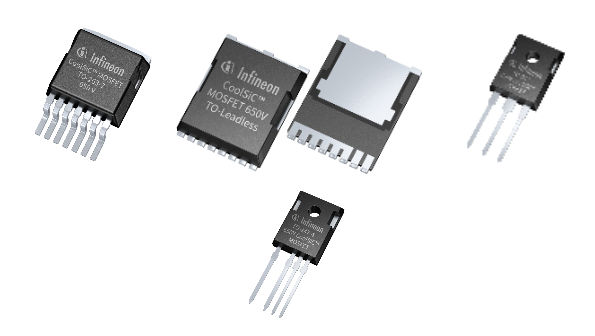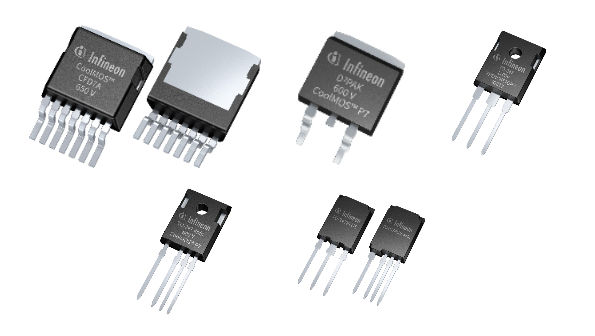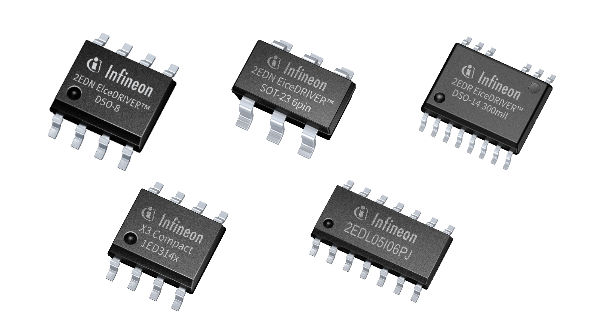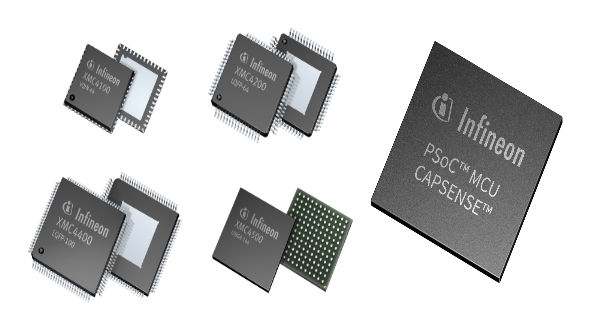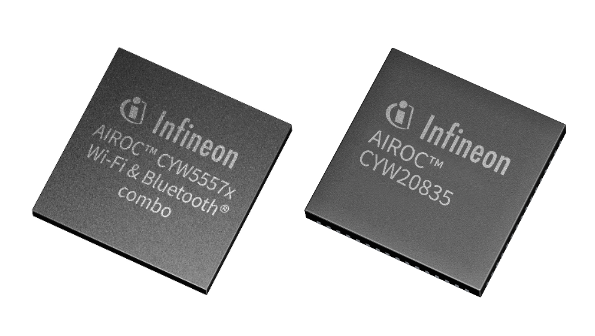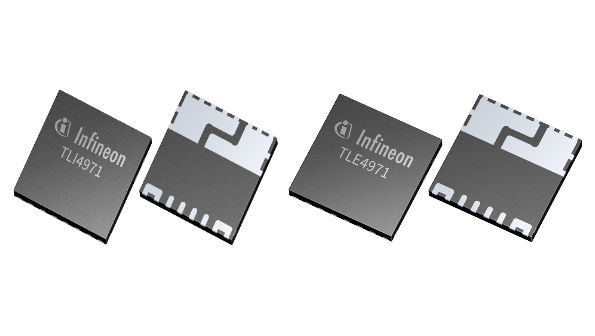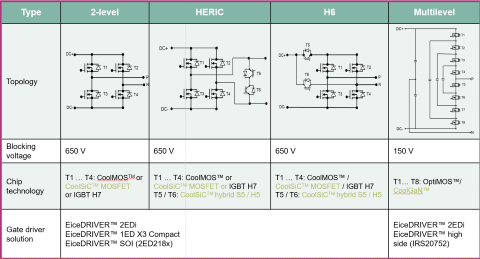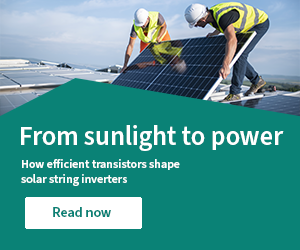1-phase string inverter solutions

Single-phase string inverters perform power conversion on series-connected photovoltaic panels. Usually, these inverters are rated around a few kilowatts . In general, most of inverter designs are transformerless or non-isolated. String inverters typically rely on two-stage power conversion. First, the DC-DC stage converts variable DC voltage into a suitable or fixed voltage required by the DC-AC inverter stage, at the same time, ensures maximum power been extracted from the PV string via MPPT (Maximum Power Point Tracking) technique.
Second, the DC-AC stage converts DC power into grid-compatible AC power. 2-level or innovative topologies like HERIC, H6 & Multilevel are preferred at this stage. When a 1-phase string inverter is connected to a 600 V PV array, HERIC and H6 topology are preferred due to their higher efficiency, lower system cost, size, and weight. The size and weight of the inverter depend highly on the AC & DC filter size and cooling system, so a higher switching operation is desirable to reduce the size and cost of the system. Therefore, there would be increasing demand for efficient and reliable power semiconductors to perform all this conversion with as low losses as possible.
Infineon offerings for designs up to 6 kW
Infineon offers a wide range of solutions for 1-phase string inverters – from power and sensing to control and connectivity. Usually, these inverters are rated from around a few kilowatts up to 6 kW. Infineon’s discrete IGBTs, MOSFETs, CoolGaN™, CoolSiC™ MOSFETs, and CoolSiCTM Schottky diodes are preferred to achieve the best price-to-performance ratio.
All switches need a driver, and all drivers need to be controlled. We also offer the right EiceDRIVER™ gate driver and the XMC™and PSoC™ microcontroller for your inverter design. Finally, each functional block needs a sensor and auxiliary power supply, so we offer our CoolSET™ and the TLI4971 and TLE4971 current sensors. A smart combination to address connectivity is provided by the AIROC™ family, which offers Standalone Bluetooth and WiFi in a single device.
- Generally, the user generates and consumes electricity for residential and commercial applications. Improved self-consumption and avoiding expensive load peaks are highly important to save up on the electricity bill. The hybrid inverter type is gaining popularity due to the improved self-consumption of solar power. Much like string inverters, hybrid inverters can connect multiple PV panels and convert DC current to AC. In addition, hybrid inverters can supply DC currents directly to an Energy Storage System (ESS) such as a battery, eliminating unnecessary power conversions, and saving energy and Bill of Material (BoM) costs.
- In addition, the inverter manufacturer has to fulfill personal and property safety standards by integrating the rapid shutdown and arc fault detection feature. We see a clear trend toward increasing demand for the power optimizerat the module level.
- Another trend is seen in inverters with multilevel topologies. Such inverters can utilize lower voltage switches like OptiMOS™ The reduced conduction losses and switching losses make it possible to reach higher efficiency than traditional inverters. The drawback is the greater level of complexity necessary to realize a multilevel design compared to conventional topologies and the higher number of switches and isolated gate drivers needed. However, at a certain power level in the 3 kW to 5 kW range, the benefits of the multilevel design, such as the reduction in size and weight and higher efficiency and power density, justify the added complexity.
At the same time, due to intense competition, differentiating functionalities are increasingly needed. For example, cloud connectivity, remote diagnostics, and apps to monitor consumption and energy generation. These require additional computing performance and innovative solutions alongside power electronics, such as connectivity solution.

Let’s learn more about how solar inverters work, from the ones we have in our houses, to the ones that are applied in major factories. We will also see how Infineon innovates in power semiconductors for solar inverter technology and how that can help with reducing costs and time to market.

In this module, we will have a look at different solar inverter trends and how the technology is evolving.
And afterwards, we will see what Infineon’s comprehensive solutions for the positioning of solar applications are.
Solar Inverter for Photovoltaic (PV) Panels | Market, Application, Problem, Solution and System (E1)
The training overviews the different types of inverters and its functionality, it also positions products from Infineon for the specific inverter type with focus on control, connectivity and security. The training shows block diagrams of the difference solutions.
Webinars
Solar and Energy Storage Systems (ESS) are crucial in the energy supply chain. This webinar gives an overview of solar and ESS trends and discusses the importance of residential solar and ESS for renewable decentral energy generation. It will also discuss the different architectures of home energy systems and how Silicon Carbide (SiC) and Gallium Nitride (GaN) can improve performance in various power conversion stages to meet future application trends.
The trend toward smart homes and connected systems demands a common communication interface between all home appliances and a PV inverter to enable a better balance between energy generation and consumption.
The main objective of this webinar is to explain the key technical features and system-level benefits of Infineon's semiconductor solution for string and hybrid inverter systems up to 30 kW output power.
Key Takeaways
1. Discover key technical features and system-level benefits of Infineon's semiconductor solution for string and hybrid inverter systems
2. Examine key drivers and technological requirements in the trend toward higher integration and fan-less operation
3. Explore the role of the PV inverter in the context of the smart home
Keywords: Silicon carbide, SiC, power density, bidirectional, power conversion, efficiency, energy, solar, storage, cost-effective, cost-effective power density, bidirectional power flow capability, high-efficiency power conversion

